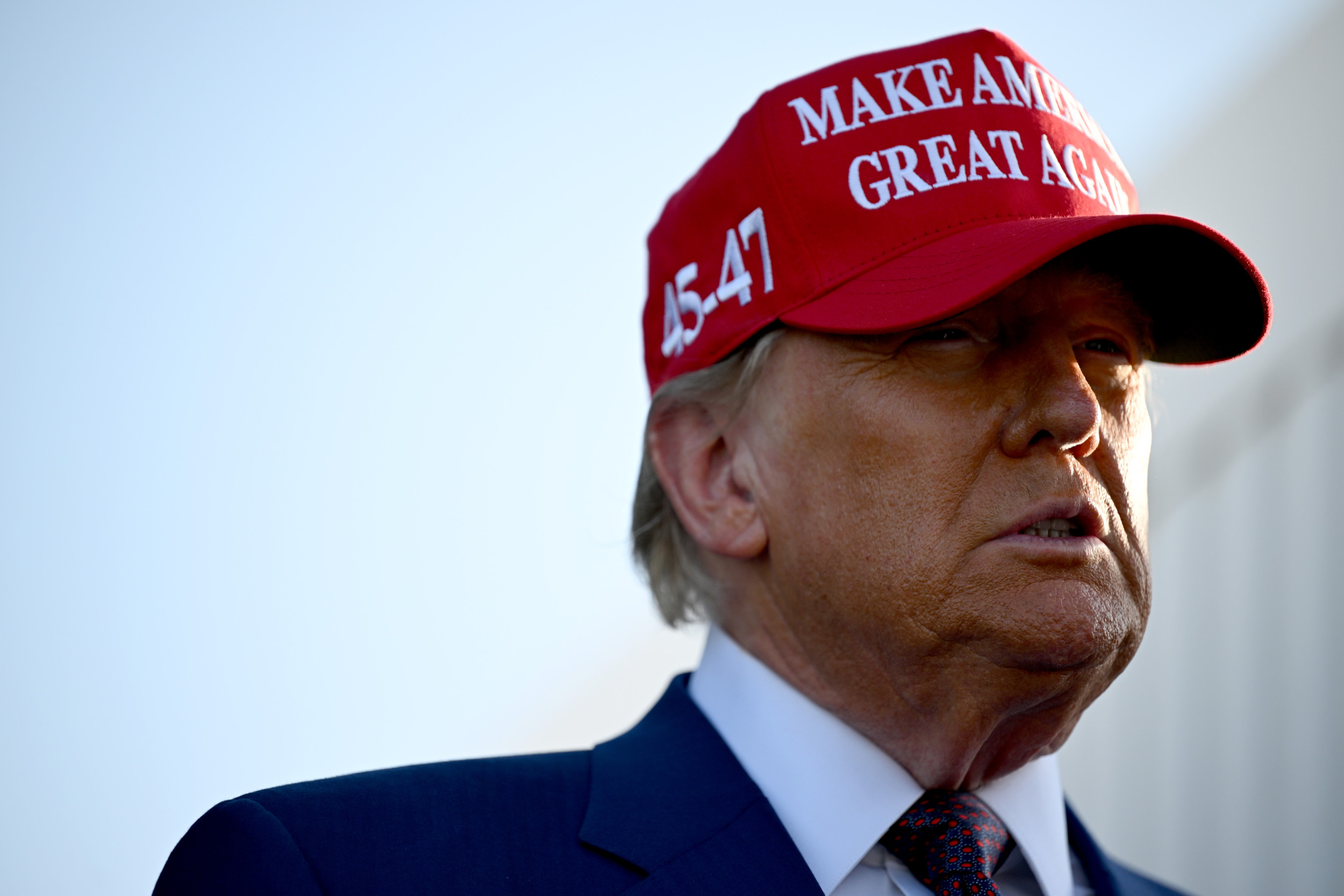A Japanese helicopter destroyer, which bears the same name as an aircraft carrier that took part in Japan's attack on Pearl Harbor during World War II, visited the Hawaiian harbor on Tuesday.
The Japanese warship, JS Kaga, is one of two Izumo-class helicopter destroyers in service with the Japan Maritime Self-Defense Force. It was previously conducting trials with fighter jets off the coast of California as part of its conversion to a light aircraft carrier.
Newsweek has reached out to the Japanese Defense Ministry for comment by email.
The warship's namesake arises from Kaga Province, an administrative area of Japan that was abolished in the late 1800s. On December 7, 1941, six Imperial Japanese Navy aircraft carriers, including one named after Kaga, launched an air raid on Pearl Harbor.
The attack, which killed 2,390 American service members and civilians, led the United States to declare war on Japan, as well as its allies Germany and Italy. The war ended with Tokyo's surrender on September 2, 1945, following two U.S. atomic bombings in Japan.
"This visit builds upon the symbolic groundwork laid when President Barack Obama and Prime Minister Shinzo Abe visited Hiroshima and Pearl Harbor in 2016," Jeffrey J. Hall, who is a lecturer at Kanda University of International Studies in Japan, told Newsweek.
The Japanese cities of Hiroshima and Nagasaki were bombed by an American atomic bomb on August 6 and 9, 1945 respectively, with an estimated total of 150,000 to 246,000 people killed. This marked the first and remained the only wartime use of nuclear weapons.
"Historically, this is not the first time a Japanese self-defense force warship has been to Pearl Harbor, and it was probably bound to happen eventually given the ever-growing security ties between the U.S. and Japan," Hall added.

Japan's postwar constitution prohibits the country, which is now a U.S. ally, from having offensive weapons such as attack aircraft carriers that are designed for the mass destruction of another country only, as they would exceed the minimum necessary level for self-defense.
Tokyo claimed in 2018 that the modified, 19,950-ton Izumo-class warships, which are its largest surface combatants, shall continue to engage in missions such as the defense of the country as "multifunction destroyers," though they are now equipped to carry fighter jets.
Japan's decision to possess aircraft carriers came amid China's expansion of its naval fleet, which is the world's largest with more than 370 ships and submarines in service, and its naval activities in the Western Pacific Ocean, including near Japan's southwestern waters.
The present-day Kaga completed its modifications in March following two years of work, including the application of heat-resistant coating to its flight deck to support the operation of the F-35B Lightning II, a stealth fighter jet capable of short takeoff and vertical landing.
The Kaga's trapezoidal bow was converted into a rectangle, and its flight deck was painted with new yellow markings to facilitate flight operations. It and its sister ship, JS Izumo, which began modifications in 2021, will be Japan's first aircraft carriers since the war.

According to the F-35B manufacturer Lockheed Martin, the stealth aircraft is planned for its first formal deployment with the Izumo and the Kaga in 2027 and 2028, respectively.
From October 20 to November 6, the Kaga conducted its first trials with the F-35B in the Eastern Pacific Ocean. This improved the U.S.-Japan interoperability and strengthened the deterrence and response capabilities of the security alliance, the Japanese navy said.
Besides the Izumo and the Kaga, Japan is the home of USS George Washington, one of 11 aircraft carriers in service with the U.S. Navy. The George Washington returned to a naval base in Japan last week for its second forward deployment in the East Asian allied nation.
The World War II-era Kaga was sunk after the Battle of Midway from June 4 to 7, 1942, off an atoll located to the northwest of Hawaii. Its wreckage was discovered in 1999 and 2019.



















 English (US) ·
English (US) ·